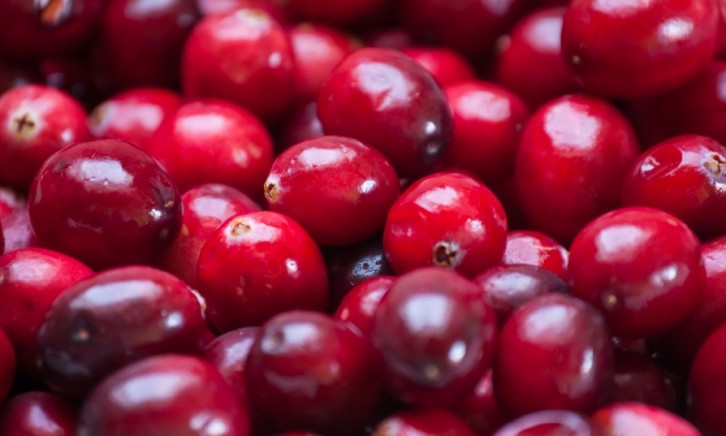Ethical Naturals Inc. introduces Cranberex from Oregon Cranberry

While about 90% of American cranberries (Vaccinium macrocarpon) are produced in the north east, cranberries grown in Oregon are renowned for their deep red color, which is linked to a higher content of proanthocyanidin (PAC), said ENI.
PACs are also not exclusive to cranberries, but can be found in a range of foods, including green tea, grapes, apples, and chocolate. However, the main type of PACs in cranberry – called A-type PACs - are different from those in these other source – called B-type PACs. Only cranberry PACs are reported to prevent bacterial adhesion in the urinary tract.
In 2004 France became the first country to approve a health claim for the North American cranberry (Vaccinium macrocarpon) with at least 36mg of proanthocyanidins (PAC) to “help reduce the adhesion of certain E. coli bacteria to the urinary tract walls”, and subsequently fight urinary tract infections (UTIs).
DMAC
There are several methods for measuring PACs that deliver vastly different results, and different industry players use different methods. The French claim was based on data obtained using a method called DMAC.
ENI’s Cranberex uses the DMAC method for quantifying the PAC’s in cranberry, said the company. “This method allows validation of the 15% Type-A PAC’s, and therefore the accurate delivery of the 36mg – 72mg of PAC’s that support claims for support of urinary tract health,” it said in a release.
Opportunity
Double-digit growth
According to the recent report on US herbal dietary supplements sales published in HerbalGram 111, cranberry was the number 2 selling herbal supplement in 2015, growing 16% from 2014 to hit almost $66 million in sales in the mainstream multi-outlet channel.
Cranberex is ENI’s first cranberry product, Cal Bewicke, President of ENI, told us, and the company is entering the market segment for several reasons:
“We saw the opportunity to create a premium grade extract, assayed by BL-DMAC and conforming to the latest published study on the benefits of cranberry for urinary tract health,” he said. “Also, the cranberry fruit from Oregon offered particular advantages due to the high PAC levels (as compared to Eastern Cranberry). Finally, we had a lot of interest from European sources, focused on high quality extracts, where this method and standard is now used to assess therapeutic value.”
Bewicke said that the development of Cranberex has been a very positive experience for the company, as it took this product literally ‘from field to finished product’.
“The technical work supporting the BL-DMAC method continues to create significant advantages in the therapeutic application of cranberry extracts. We are pleased to be a part of that, to develop the attributes of the Oregon Cranberry, and to see the strong positive response we’re getting to our work both within the US and in Europe,” he said.
The ingredient is also available in the EU through ENI’s representatives, 1-A Food Consulting and PACE-EU in Denmark.












